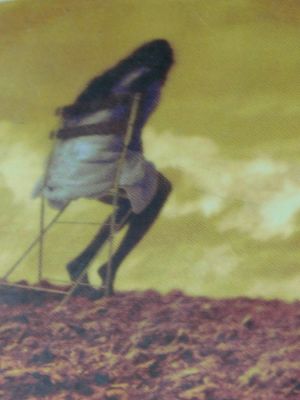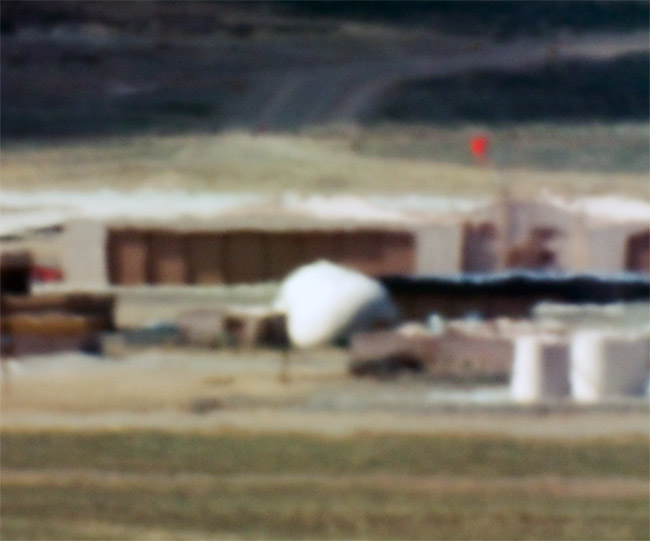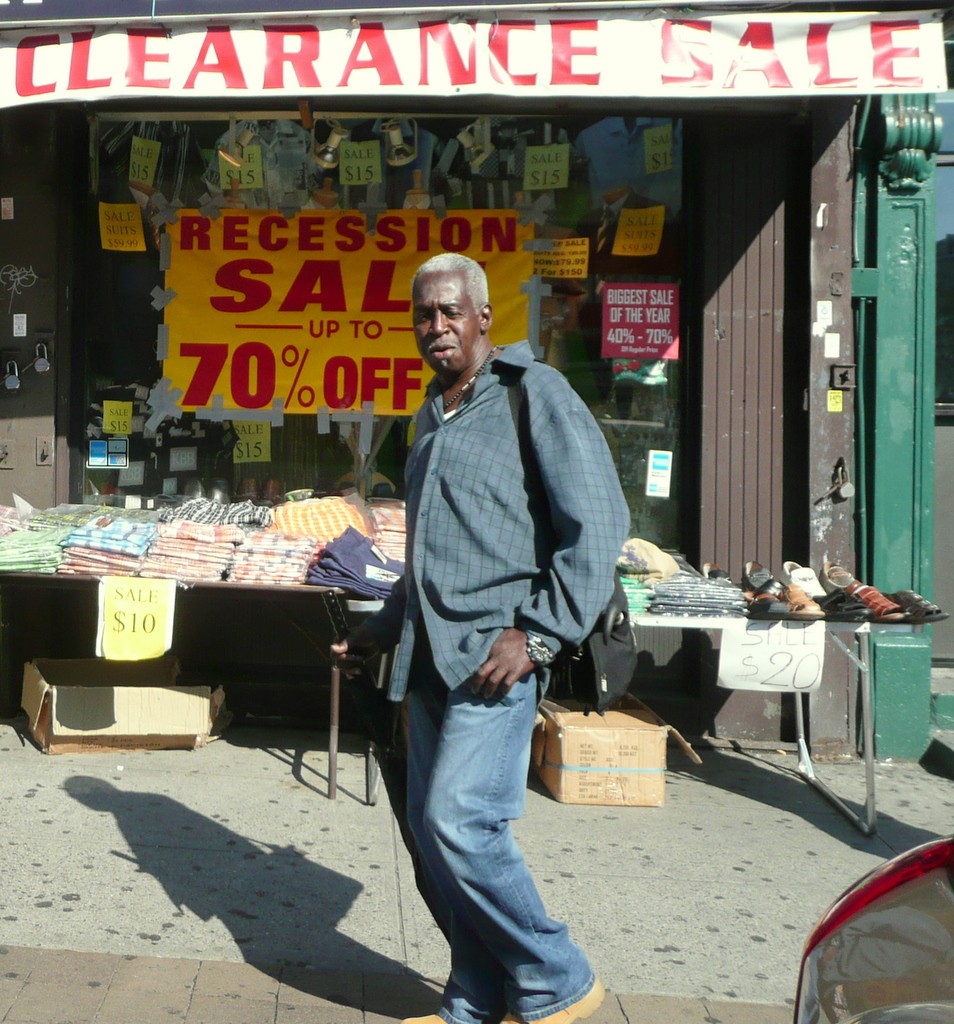I’m about 600 pages into Roberto Bolaño’s 2666 –a book that is both horrible and hypnotic, one of the few Bolaño works I’ve been able to finish (Amuleto was the other one). Don’t get me wrong, I’ve read a lot of most of his books, some in English and some in Spanish; I simply think he’s overrated and overtranslated when compared to the amazing wealth of other contemporary Latin American writers. 2666’s spot-on epigraph begins things with a quote from Baudelaire: “An oasis of horror in a desert of boredom”. The 1000+ page book is divided into five parts. I’m drowning in part four, “The Part About The Crimes”. It describes, in blunt unaffected language, dozens upon dozens of brutal rapes and murders that occurred in Santa Teresa. The Mexican border city is Bolaño’s fictional stand-in for the very real Ciudad Juárez, where hundreds of women have been killed in unsolved murders stretching back to 1993. As in 2666 , many of these women worked in the American-owned maquiladoras in the nearby desert, making products for export north.

If it were the stand-alone work of an unknown writer, The Part About The Crimes would be an insane, unpublishable anti-novel . But Bolaño’s writing has long embraced themes of systemic violence and the relationship (if any) of literature to any actual world.
Today, taking a break from the dark gravity of Part Four, I came across several related articles.
The New York Times reports that: “Foxconn, a Taiwanese firm that makes iPhones, Dell computers and other electronics, is one of several Asian companies taking root. It opened a plant in Juárez last summer. . .Despite several murders a day, trade between Juárez and Texas rose 47 percent last year to $71.1 billion.”
And The Guardian says: “Not by coincidence, Juarez is also a model for the capitalist economy. Recruits for the drug war come from the vast, sprawling maquiladora – bonded assembly plants where, for rock-bottom wages, workers make the goods that fill America’s supermarket shelves or become America’s automobiles, imported duty-free… ‘It’s a city based on markets and on trash,’ says Julián Cardona, a photographer who has chronicled the implosion.”
That quote brings to mind a scene from 2666‘s Part Three “The Part About Fate”, which chronicles a black New York City journalist who ends up in Santa Teresa covering a boxing game but learns about the killing of women (and ultimately engages in a favored Bolaño trope: having an outsider enter in a potentially lethal situation and extract a person at risk with the power of words or at least without physical force). This excerpt is rich in its typical Bolañoid blankness (“the sandwich was full of all kinds of things”), laced with a humor so dark you almost forget the room has no windows and we’re running out of air:
He could see hills on the horizon. The hills were dark yellow and black. Past the hills, he guessed, was the desert. He felt the urge to leave and drive into the hills, but when he got back to his table the woman had brought him a beer and a very thick kind of sandwich. He took a bite and it was good. The taste was strange, spicy. Out of curiosity, he lifted the piece of bread on top: the sandwich was full of all kinds of things. He took a long drink of beer and stretched in his chair. Through the vine leaves he saw a bee, perched motionless. Two slender rays of sun fell vertically on the dirt floor. When the man came back he asked how to get to the hills. The man laughed. He spoke a few words Fate didn’t understand and then he said not pretty, several times.
“Not pretty?”
“Not pretty,” said the man, and he laughed again.
Then he took Fate by the arm and dragged him into a room that served as a kitchen and that looked very tidy to Fate, each thing in its place, not a spot of grease on the white-tiled wall, and he pointed to the garbage can.
“Hills not pretty?” asked Fate.
The man laughed again.
“Hills are garbage?”
The man couldn’t stop laughing. He had a bird tattoed on his left forearm. Not a bird in flight, like most tattoos of birds, but a bird perched on a branch, a little bird, possibly a swallow.
“Hills a garbage dump?”
The man laughed even more and nodded his head.
And that’s that. The complex — and extremely macho — intensity of Bolaño’s Grand Novel can certainly benefit from queering interventions & inversions more about seeds than graves. First there’s Rihanna’s new single, in which the pop star from Barbados goes reggae as she recounts gunning down Chris Brown “a man”, in broad daylight, with immaculate hair and styling. Personally, I believe guns should be illegal. But I’m willing to make exceptions for Rihanna.
Edging further towards 2666 is Rita Indiana’s punk-mambo apocalyptic embrace of a song, whose title translates to “The Devil’s Takin’ Us Away”, which we produced and released on Dutty Artz awhile back — Rita was in NYC recently and whipped crowds into a frenzy with each performance of “No Ta Llevando El Diablo”. Here’s footage from her Summerstage rendition of it, “a tune so bold and out-of-this-world, that it really seems like a trip to hell.”
.
This post first appeared on Mudd Up!







 Â I <3 synths! Like for real- I just fucking love them. (Is that like saying you love drums?)
 I <3 synths! Like for real- I just fucking love them. (Is that like saying you love drums?) If you squint a little music criticism starts to embody all the reasons that I hate (and find myself returning to) academic art history. Inbred pedanctic circle jerks aside- there’s something to be said for trying to come up with a critical apparatus for new works that have, in their unwieldy descent through the market, yet to find their historical/critical resting place. While creating/defending/destroying genre designations certainly is not the most important work of a critic- no one can avoid recycling and regurgitating the genre question when it comes to (cue Marsalis trumpets) the new era in BASS music that we may, are, ought to, have, havnt, possibly, can, enter did enter or passed through.
If you squint a little music criticism starts to embody all the reasons that I hate (and find myself returning to) academic art history. Inbred pedanctic circle jerks aside- there’s something to be said for trying to come up with a critical apparatus for new works that have, in their unwieldy descent through the market, yet to find their historical/critical resting place. While creating/defending/destroying genre designations certainly is not the most important work of a critic- no one can avoid recycling and regurgitating the genre question when it comes to (cue Marsalis trumpets) the new era in BASS music that we may, are, ought to, have, havnt, possibly, can, enter did enter or passed through.
